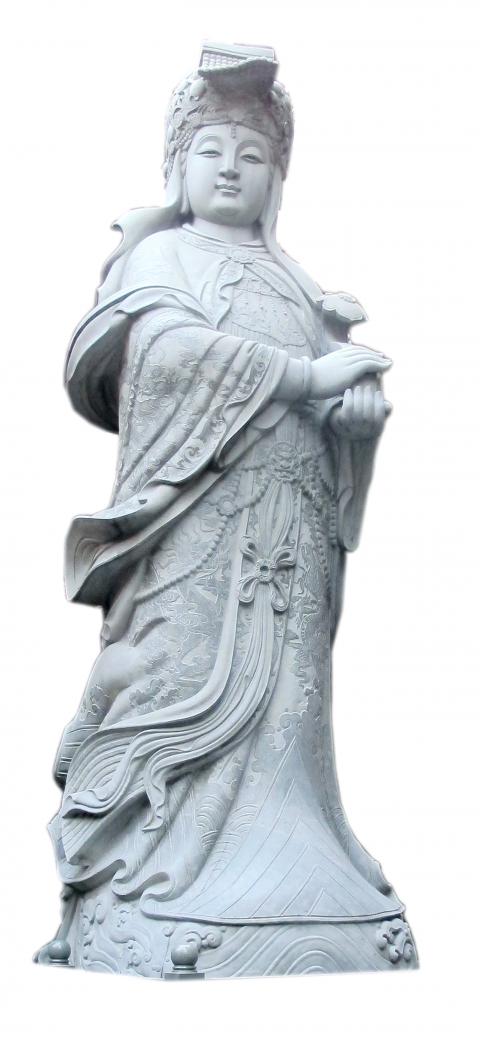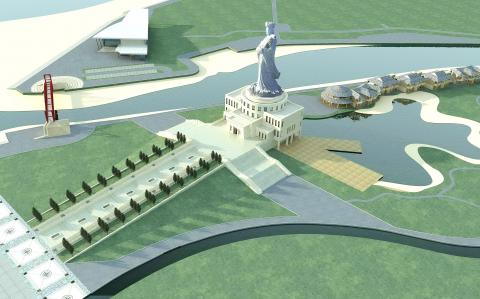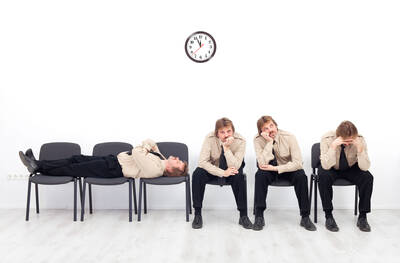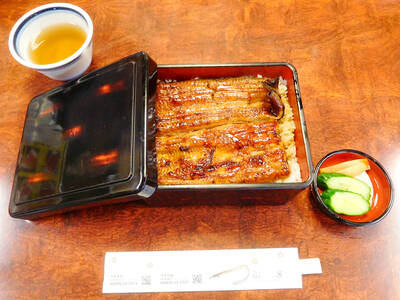Among the NT$1.2 billion (US$39.8 million) to be spent building the proposed Daan Matsu cultural park in Greater Taichung, around NT$600 million of the funds will go toward constructing a nearly 70m tall statue of Matsu, including the foundation and a path of reverence for the sea goddess. Greater Taichung’s Tourism and Travel Bureau Director General Chang Da-chun says, “This will definitely be the tallest Matsu statue in Southeast Asia.” There are already many official and private tour groups from China making queries, Chang says, adding that he is confident that, along with Jenn Lann Temple in Dajia, “It will create a huge tourist attraction.”
Greater Taichung’s Christian community has joined forces and says that the tallest cross in Southeast Asia should also be erected. Liao Chin-ho, the minister who has made the request on the community’s behalf, says that Christianity and Catholicism belong to the world’s three major religions. If you combine Christians from China and Taiwan, the cost of building the tallest cross in Southeast Asia would not exceed the amount it will cost to build the Matsu statue, and the tourist value would definitely not be less than the Matsu statue either, Liao says.
Chang says that he is afraid building the tallest cross in Southeast Asia would be a bad idea, although he says that the Greater Taichung Government would consider the possibility of constructing a statue of Jesus. The location would not necessarily have to be in Daan District, Chang says, adding that the chosen location could help diversify tourist development in Greater Taichung. It could be done in collaboration with a private group, but still needs to be evaluated, Chang says.

Photo: Yu Chao-fu, Liberty Times
照片:自由時報記者俞肇福
Liao says that the churches that have come together are asking for a cross to be built, not a statue of Jesus. Minister Gao Tzu-chiang, convener of churches in the eight districts along the west coast, says that a cross can cover Catholicism and all of the different Christian denominations, and also serve to represent the lord’s salvation. If a statue was going to be erected, there would be some controversy over whether to make it a statue of Jesus, Saint Mary or Saint Paul, making a statue inappropriate, Gao says.
According to the local government’s current plans, contractors were originally going to begin work for the Daan Matsu cultural park in May. After residents criticized the design last week during an explanatory session, the bureau decided to make changes according to suggestions from locals and hope to hand over the project to the general contractor by the end of June. Aside from living up to claims of being the tallest Matsu statue and the largest path of reverence to the goddess in Southeast Asia, there will also be an area for selling local agricultural products, a wind-barrier hallway, a wall displaying the story of Matsu, an ocean theater with a water screen movie theater, an ecological hotel and a villa.
(Liberty Times, Translated by Kyle Jeffcoat)

Photo courtesy of the Greater Taichung Government
照片由台中市政府提供
台中大安媽祖文化園區將斥資十二億元興建,其中預計高近七十公尺的媽祖神像及基座加上瞻仰大道,經費約六億元。台中市觀光旅遊局局長張大春上週表示,這確定會是「東南亞最高的媽祖像」,而目前已有不少中國官方及民間旅遊團在詢問,他有信心,和大甲鎮瀾宮串連,「會打造極大的觀光賣點」。
台中的基督教界串連喊出要興建「東南亞最高的十字架」。提出串連要求的牧師廖金河表示,基督教及天主教是世界三大宗教之一,如果以中國加上台灣的基督信徒,在台中蓋「東南亞最高的十字架」,花的錢「不會比媽祖像多」,觀光價值也絕對不輸媽祖像。
張大春對此表示,「要蓋東南亞最高的十字架」恐怕不太好;他認為,如果要蓋「基督像」,市府可以考慮,而地點未必要在大安,可以選擇其他地區做多元觀光發展,也可以選擇和民間合作,不過這還需要再評估。
廖金河則說,目前各教會串連,要求蓋的是「十字架」、不是「基督像」;西海岸八區教會召集人高自強牧師則說,十字架可涵蓋天主教、基督教各教派,並代表天主「救贖」的意義,如果要蓋「像」,那又會出現要蓋耶穌、聖母瑪利亞還是聖保羅的爭議,並不妥當。
依據目前市府規劃,大安媽祖文化園區原本五月要發包,但上週說明會上,居民對造型有意見,因此觀光局針對地方意見做修改,希望六月底能發包。除了宣稱將是東南亞最高的媽祖像、瞻仰大道外,也會有農特產品區、防風迴廊兼媽祖故事展示牆、海上劇場含水幕電影席、生態旅館及VILLA區與觀光漁市主題,預計在一○五年完工。
(自由時報記者唐在馨)

Microsoft on Feb. 28 announced it was retiring Skype, the online voice and video call pioneer that the tech titan acquired in 2011. “Starting in May 2025, Skype will no longer be available,” said a post from Skype support on X, directing users to sign into Microsoft’s Teams platform for further use of its services. Skype was founded in 2003 by Scandinavians Niklas Zennstrom and Janus Friis in Estonia, revolutionizing Internet communication by offering free voice calls between computers and affordable rates for calls to landlines and mobile phones. Over the years, and as Internet speeds improved, Skype evolved to

People desire a sense of purpose in their lives, but they often remain idle unless they have a clear reason to act. This concept is illustrated by the retirement paradox. People work hard to prepare for a future without work but find life meaningless after achieving that goal. A study was carried out to determine if a reason, even a minor one, could encourage idle people to take action. __1__ Upon finishing the first, they were instructed to drop it off at a location either right outside the room or at a spot farther away, which would take around

Donburi, often simply called don, is a beloved Japanese dish that consists of a bowl of steamed rice topped with various other ingredients. The word donburi itself actually means “bowl” in Japanese, but it has come to represent much more than just a vessel. Donburi first emerged during the Edo period (1603–1867) as a quick and convenient meal for busy city dwellers. By the 19th century, donburi had become immensely popular among theater enthusiasts, who often purchased these portable meals to enjoy during long performances. Una-don, a donburi topped with grilled eel, was a particular favorite. Easy-to-carry and satisfying,

Continued from yesterday(延續自昨日) https://www.taipeitimes.com/News/lang Results showed that only 32 percent were willing to walk farther for the same candy, but 59 percent chose to do so when promised different candy. Researchers also discovered that students who walked farther reported feeling happier during the wait. __3__ Idleness aversion can be applied in various settings. For example, Uber uses animations and real-time updates to keep customers from being bored while waiting. It can also be used in the design of office buildings to reduce elevator traffic. During busy times, it takes a while to wait for an elevator. __4__ Recognizing the power